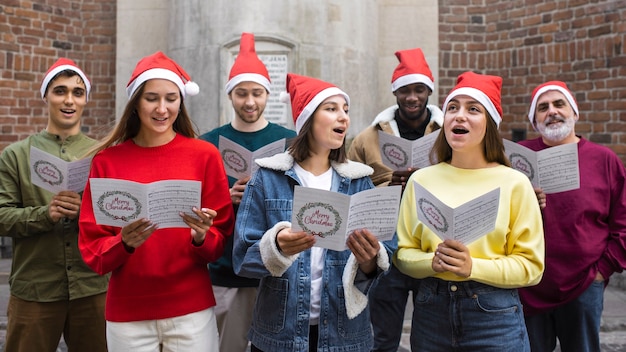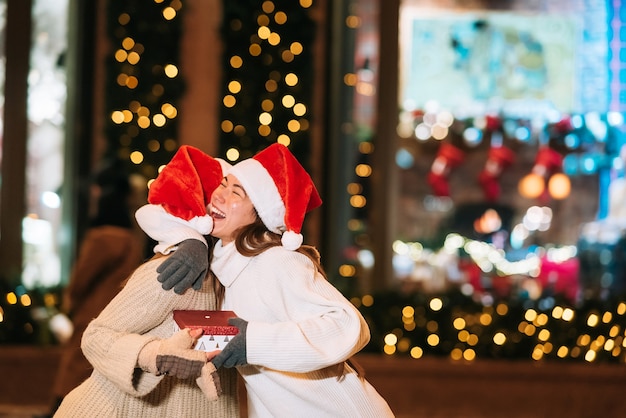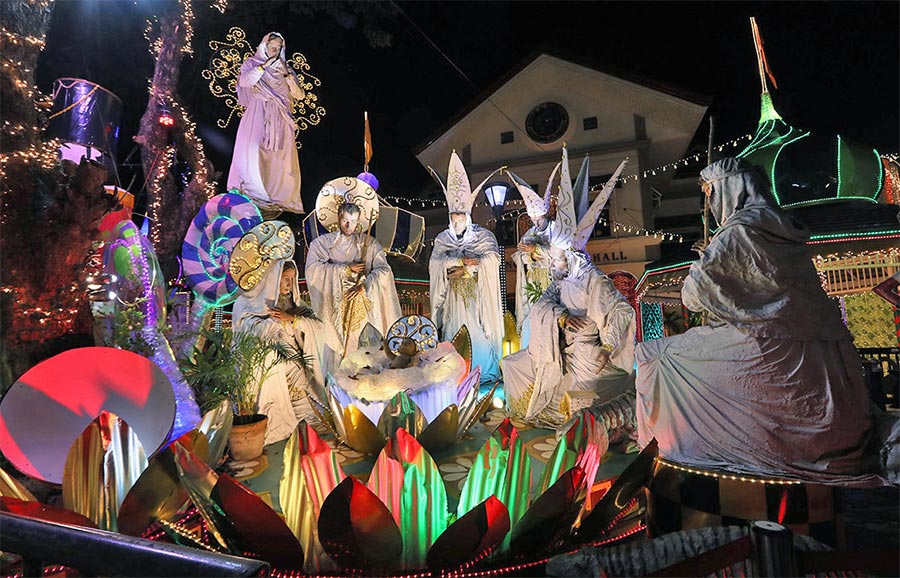
Importance of Caroling in Philippines
In the Philippines, the Christmas season is a time of joy, celebration, and cherished traditions. Filipinos embrace the season by singing Christmas carols, filling the streets with melodious voices that spread cheer and goodwill to all. As the holiday season approaches, the air is filled with the infectious Christmas spirit, and the streets come alive with the joyful sound of carolers who gather to sing Christmas carols, spreading festive joy throughout the neighborhoods. It’s a time for families and communities to come together and share in the happiness, sending out heartfelt wishes of Merry Christmas to one and all.
As the holiday season approaches, the streets come alive with the melodious voices of carolers, spreading the Christmas spirit throughout the neighborhoods.
Filipinos take great pride in their caroling traditions, which have been passed down from generation to generation. For many, caroling is a way to express their faith and share the joy of the season with others.
It is a time to gather with family and friends, creating lasting memories and strengthening the bonds of community.
The act of caroling also serves as a reminder of the importance of giving and spreading kindness, as carolers often receive small gifts or monetary tokens in exchange for their performances.
History of Caroling in the Philippines

The tradition of caroling in the Philippines has its roots in the country’s rich cultural heritage and the influence of Spanish colonization.
When the Spanish arrived in the 16th century, they brought with them the practice of singing Christmas carols, which quickly became embraced by the local population.
As the years passed, Filipino caroling evolved to incorporate elements of indigenous music and languages, creating a unique blend of Spanish and Filipino influences.
The carols were often sung in a mix of Spanish, Tagalog, and other regional dialects, reflecting the diverse linguistic landscape of the Philippines.
Popular Filipino Christmas Carols and Their Meanings
The Philippines boasts a rich tapestry of Christmas carols, each with its own unique history and meaning. Here are some of the most popular Filipino Christmas carols and their significance:
“Ang Pasko ay Sumapit” (Christmas Has Arrived)
This carol celebrates the arrival of Christmas and the joy it brings. It encourages people to rejoice and welcome the season with open arms.
“Simbang Gabi” (Night Mass)

This Christmas music is associated with the traditional nine-day series of Masses leading up to Christmas Day, known as the Simbang Gabi. It reflects the deep religious significance of the season for many Filipinos.
“Pasko na Naman” (Christmas Again)

This upbeat carol expresses the excitement and anticipation of the Christmas season, reminding us to embrace the joy and happiness it brings each year.
“Sa Araw ng Pasko” (On Christmas Day)

This carol celebrates the birth of Jesus Christ and the values of love, peace, and goodwill that the Christmas season embodies.
Christmas Eve: The Peak of Caroling Activities

While caroling takes place throughout the Christmas season in the Philippines, it reaches its peak on Christmas Eve.
As the sun sets on December 24th, neighborhoods come alive with the sound of carolers, both young and old, taking to the streets to spread Christmas cheer.
For many Filipinos, Christmas Eve is a time for family gatherings and celebrations.
As the night progresses, groups of carolers, often dressed in colorful costumes or festive attire, move from house to house, singing Christmas carols with their melodious voices.
Filipino Christmas Carol Traditions and Practices

The tradition of caroling in the Philippines is not just about singing; it is accompanied by a rich tapestry of customs and practices that add to the festive atmosphere.
Here are some of the unique traditions and practices associated with Filipino Christmas caroling:
Parol (Christmas Lantern)
Carolers often carry colorful parols, which are traditional Filipino Christmas lanterns made from bamboo and paper. These lanterns symbolize the star that guided the Three Wise Men to the birthplace of Jesus Christ.
Caroling Costumes

Many caroling groups dress up in festive costumes, often depicting biblical characters or Christmas-themed attire. These costumes add to the visual appeal of the caroling experience and create a sense of celebration.
Monetary Gifts and Treats
It is customary for residents to offer small monetary gifts or treats to the carolers as a token of appreciation for their performances. These gifts are often shared among the caroling group members.
Caroling Competitions
In some communities, caroling competitions are held, where groups compete for prizes based on their singing abilities, costumes, and overall performance.
Caroling in the Digital Age: Christmas Songs on Social Media

Many caroling groups and individual performers have taken to platforms like YouTube, Facebook, and Instagram to share their renditions of beloved Filipino Christmas carols.
These online performances not only allow diaspora Filipinos and those living abroad to connect with their cultural heritage but also introduce the rich tradition of Filipino caroling to a global audience.

Social media has also become a platform for preserving and sharing the lyrics and melodies of traditional Filipino Christmas carols.
Online communities have emerged where individuals can exchange information, share memories, and discuss the cultural significance of these songs.
Conclusion: The Enduring Tradition of Caroling in the Philippines

The tradition of caroling in the Philippines is a testament to the enduring spirit of the Christmas season and the rich cultural heritage of the Filipino people.
From the streets of bustling cities to the quiet neighborhoods of rural communities, the melodious voices of carolers fill the air, spreading joy, hope, and unity.
So, as the Christmas season approaches, embrace the tradition of caroling and immerse yourself in the rich tapestry of Filipino Christmas carols.
Join the carolers in the streets, open your doors and windows to welcome their joyful melodies, and let the spirit of Christmas fill your heart with warmth and happiness.

Celebrate Life’s Milestones in Camella!
House and Lot & Condominium for Sale in the Philippines


